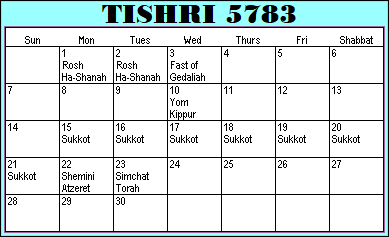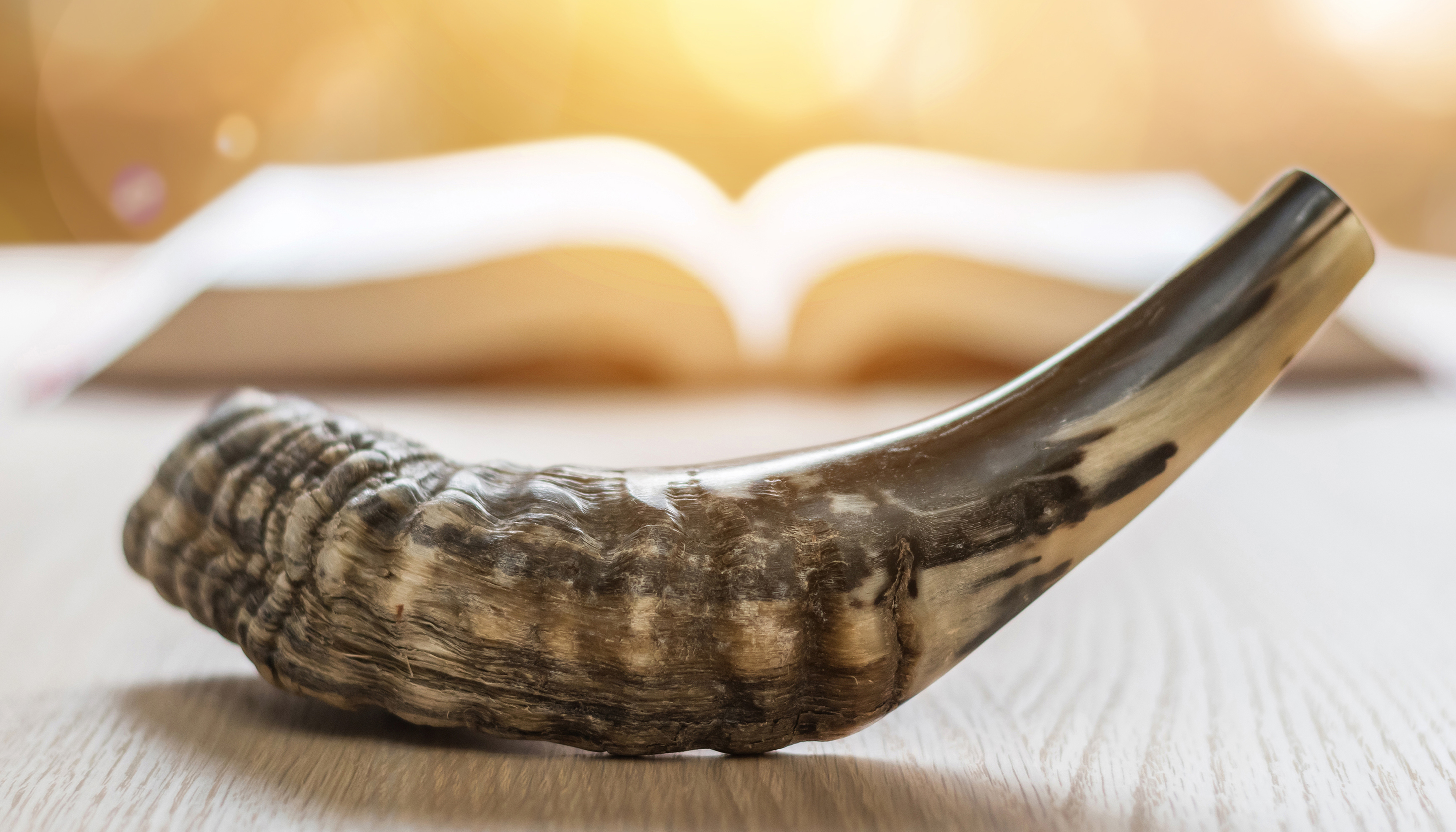Yom Kippur 2025: Complete Guide to the Day of Atonement in the United States
Yom Kippur 2025: Complete Guide to the Day of Atonement in the United States
Yom Kippur, the holiest day in the Jewish calendar, arrives this year on Wednesday, October 1, 2025 at sundown, continuing until nightfall on Thursday, October 2. Known as the Day of Atonement, this sacred observance marks the culmination of the High Holy Days and holds profound significance for Jewish communities across the United States.
When Is Yom Kippur 2025?
Yom Kippur begins at sunset on Wednesday, October 1, 2025 and concludes at nightfall on Thursday, October 2, 2025. The holiday is observed for approximately 25 hours, following the Jewish calendar which is based on lunar cycles. This timing is consistent across the United States, though exact sunset and nightfall times vary by geographic location.

Understanding the Jewish Calendar
Yom Kippur falls on the 10th day of Tishrei, the seventh month of the Jewish calendar. Unlike the Gregorian calendar, the Jewish calendar is lunisolar, meaning it follows both lunar phases and solar seasons. This explains why Jewish holidays appear to "move" each year when viewed through the standard civil calendar.
The Meaning and Significance of Yom Kippur
Yom Kippur translates to "Day of Atonement" in Hebrew. This solemn holiday focuses on repentance, forgiveness, and spiritual renewal. According to Jewish tradition, God inscribes each person's fate in the Book of Life on Rosh Hashanah (the Jewish New Year) and seals it on Yom Kippur, making this the final opportunity for repentance and atonement for the coming year.
The Ten Days of Awe
Yom Kippur concludes the Yamim Noraim (Days of Awe), a ten-day period of intense spiritual reflection that begins with Rosh Hashanah. During this time, Jewish people engage in soul-searching, seek forgiveness from those they may have wronged, and commit to personal improvement.
Traditional Yom Kippur Observances and Practices
The Sacred Fast
The most widely observed tradition is the 25-hour fast, which includes abstaining from food, water, and other physical pleasures. This practice serves multiple purposes: spiritual purification, empathy for the less fortunate, and focusing entirely on spiritual rather than physical needs. However, Jewish law exempts those whose health might be endangered by fasting.

The Five Prayer Services
Unlike regular days which feature three prayer services, Yom Kippur includes five special services:
- Kol Nidre - The evening service that opens Yom Kippur
- Shacharit - Morning prayers
- Musaf - Additional service
- Mincha - Afternoon prayers
- Neilah - The closing service ending with the shofar blast
Traditional Customs
Many Jewish Americans observe additional customs during Yom Kippur:
- Wearing white clothing to symbolize purity and renewal
- Lighting memorial candles for deceased loved ones
- Performing acts of charity (tzedakah) in the days leading up to the holiday
- Refraining from leather shoes, bathing, and marital relations
Yom Kippur in the United States
Public Holiday Status
While Yom Kippur is not a federal holiday in the United States, many states and employers recognize its significance. Jewish-run businesses typically close, and many schools and workplaces accommodate Jewish employees and students who observe the holiday.

Regional Observances
Major Jewish communities across the United States, from New York to Los Angeles, hold special services and community gatherings. Many synagogues experience their highest attendance of the year during Yom Kippur services.
Proper Greetings and Etiquette
Unlike joyous holidays, Yom Kippur is a solemn occasion. Appropriate greetings include:
- "G'mar chatima tova" - "May you be sealed for good" (in the Book of Life)
- "Have an easy fast" or "Have a meaningful fast"
- Avoid saying "Happy Yom Kippur" as it's inappropriate for this solemn day
Breaking the Fast Traditions
After the final shofar blast signals the end of Yom Kippur, families and communities gather for the break-fast meal. Popular foods in American Jewish communities include:
- Bagels with lox (smoked salmon)
- Blintzes (filled crepes)
- Kugel (sweet noodle pudding)
- Fresh fruit and dairy dishes

Historical and Biblical Origins
Yom Kippur's roots trace back to biblical times, specifically to the story of Moses receiving the second set of Ten Commandments. According to tradition, Moses descended from Mount Sinai with the new tablets on the 10th of Tishrei, after the Israelites had been forgiven for worshipping the golden calf.
The Shofar's Sacred Sound
The holiday concludes with the blowing of the shofar, a ram's horn that produces a haunting, powerful sound. This final blast, called the tekiah gedolah, symbolizes the closing of the Gates of Prayer and the sealing of the Book of Life for the coming year.
Frequently Asked Questions
Is Yom Kippur always on the same date?
Yom Kippur always falls on the 10th of Tishrei in the Jewish calendar, but the corresponding Gregorian date varies each year due to the lunar-based Jewish calendar system.
Can children participate in the Yom Kippur fast?
Jewish law generally requires fasting from age 13 (bar/bat mitzvah age), though some children may begin partial fasting at younger ages as preparation. Health always takes precedence over fasting requirements.
What happens if someone cannot fast for health reasons?
Jewish law prioritizes health above ritual observance. Those who cannot fast due to medical conditions, pregnancy, or other health concerns are not only permitted but required to eat and drink as needed.
How do Jewish Americans balance work obligations with Yom Kippur?
Many employers in areas with significant Jewish populations accommodate the holiday. Federal and state laws often require reasonable religious accommodations, allowing Jewish employees to take time off for this sacred observance.
Contemporary Significance
In modern American Jewish life, Yom Kippur remains one of the most widely observed holidays, even among those who may not regularly attend synagogue. The themes of reflection, forgiveness, and renewal resonate strongly with contemporary values of personal growth and social justice.
Many Jewish Americans use this time not only for personal introspection but also to consider their responsibilities to their communities and the broader world, making charitable donations and committing to acts of tikkun olam (repairing the world).
Share this comprehensive guide to Yom Kippur 2025 with friends and family to help them understand this most sacred day in the Jewish calendar. Whether you're observing the holiday or learning about Jewish traditions, may this Day of Atonement bring reflection, forgiveness, and renewal to all.